Italian professional medical institution successfully applied 3D printer custom artificial leg
We already know that 3D printing technology is very effective in customizing personalized prosthetics. Therefore, many caring 3D printing enthusiasts or non-profit organizations (such as E-NABLE) can help those in need of disabled people to print a very affordable mechanical prosthetic with just a few dollars. However, there are two problems here. First, the fake hands printed with the FDM technique are not durable and are easily broken; the other one cannot be used to make artificial legs because they cannot bear the weight of the human body.
Therefore, we found Marco Avaro, a biomedical engineer, very interested in finding a way to print a high-quality artificial leg in 3D within a day or two. Avaro runs a shaping studio called Del Bene in Trieste, northern Italy. He recently purchased a DeltaWASP 2040 3D printer based on FDM technology and tried to print a prosthetic 3D for his patient.

The DeltaWASP 2040 is not an ordinary desktop 3D printer. It not only has a large print size (up to 40 cm), but also prints materials such as PLA, ABS, nylon, and polymers, making it suitable for high-quality print jobs. Avaro claimed that he realized that this may be a perfect solution for the manufacture of artificial limbs. “I deeply believe in this technology. When I came in contact with WASP, I thought I had found a pearl: this printer is very suitable for my job.â€
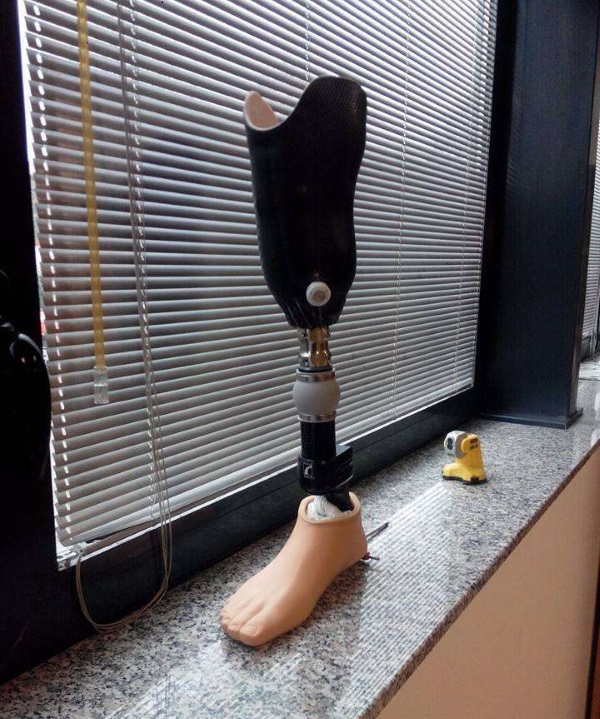
Unlike our desktop 3D printers, which only print E-NABLE type prostheses, the DeltaWASP 2040 3D printer is capable of printing out individual parts that are 40 centimeters long, making it ideal for customizing over-the-knee prosthetic legs for patients. Although his DeltaWASP 2040 is quite expensive, Avaro found that its manufacturing quality is higher than traditional technology. "The print quality is so high that I do not need to cut the printed plastic objects again," he said.

Perhaps the most impressive is the speed of its 3D printed prosthesis. Avaro said: "In the past I needed 8 hours to make a shinbone [leg] prosthesis, and now I can do two at the same time."
But most importantly, these 3D printed prostheses have proved to be very useful for his patients. Avaro explained that many of his patients suffer from degenerative diseases, which may cause the size of their stumps to change frequently. Therefore, compared to the traditional prosthesis can only maintain a uniform size, these 3D printed prosthesis can be easily customized to ensure that it perfectly matches the patient's body. Due to the high print quality, the appearance of these 3D prostheses is also very pleasing. Avaro simply polishes it after printing.
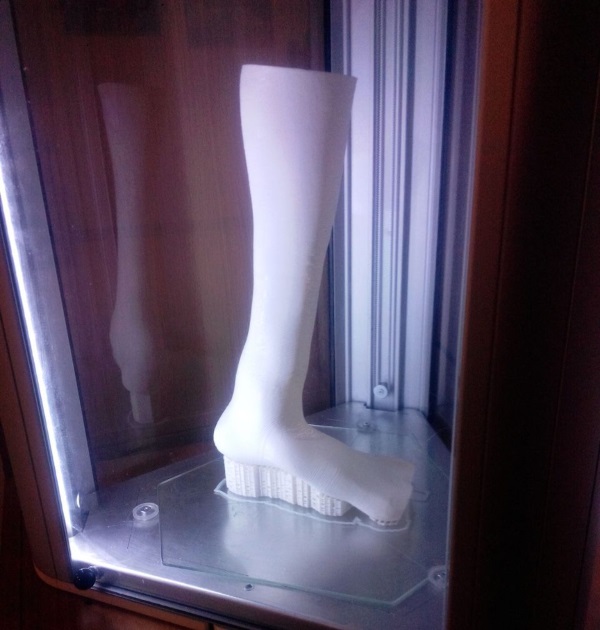
After a period of application, these 3D-printed prostheses proved to be fully able to support the patient's weight and even support high-stress activities such as running and climbing. This is because the adhesion between each layer of the DeltaWASP print object is very high, which helps to spread the load-bearing throughout the product structure.
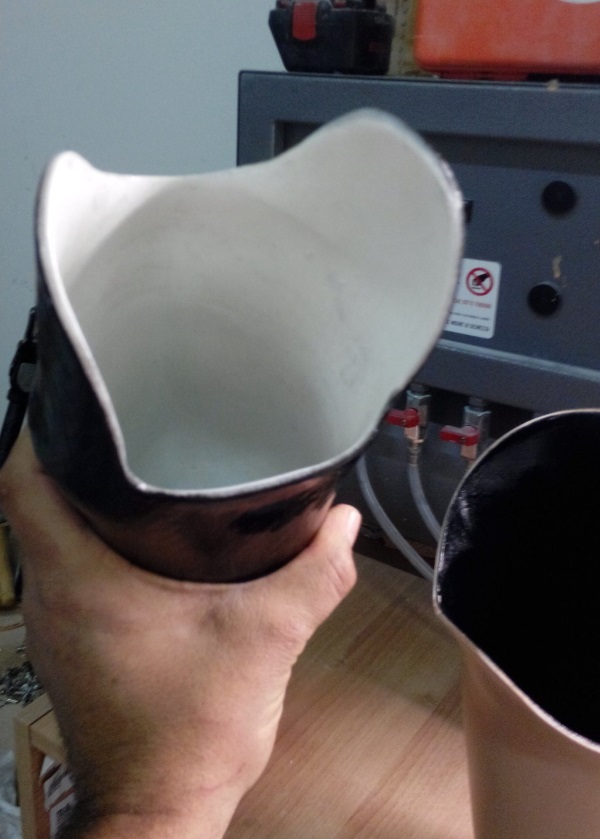
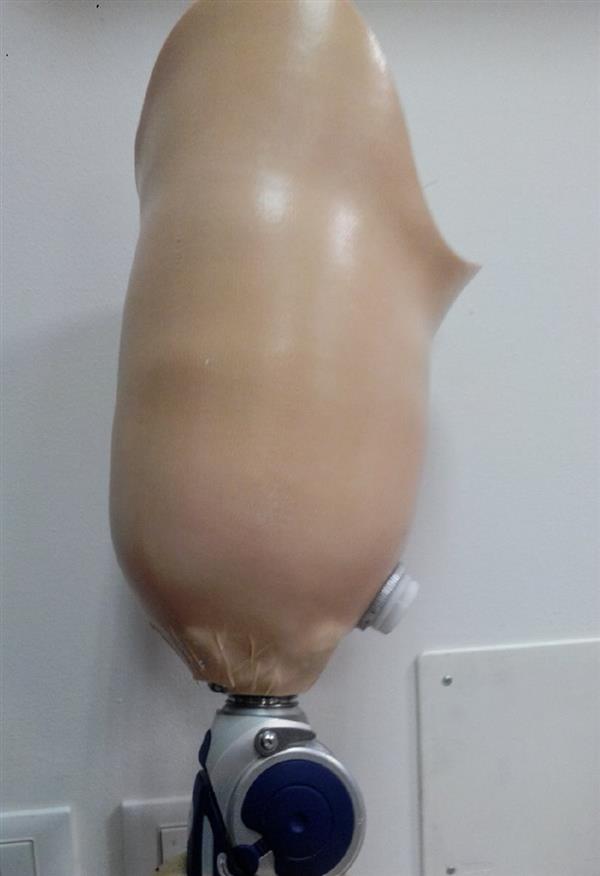
So far, his patients are also very satisfied: “I always see my clients are very satisfied with the 3D printed prosthetic leg. When I finished the prosthesis and provided them, I almost never encountered modification or rework. The physiotherapists for these patients were very surprised at our work."
It can be foreseen that 3D printing will play an increasing role in the prosthetic limb manufacturing industry, rather than simply making low quality prosthetic hands. Maybe industrial-grade 3D printing is the future of all prosthetic manufacturing? However, it may take some time to convince insurance companies to pay for it.
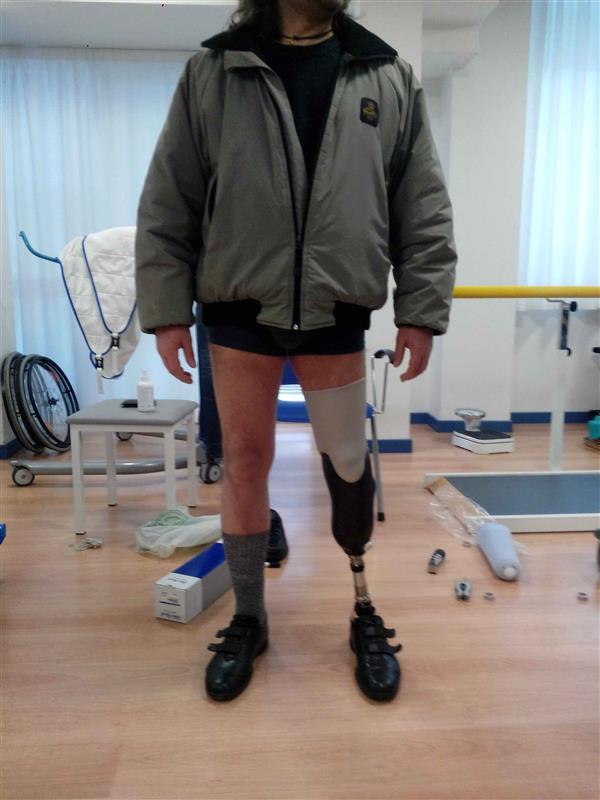
(Editor)